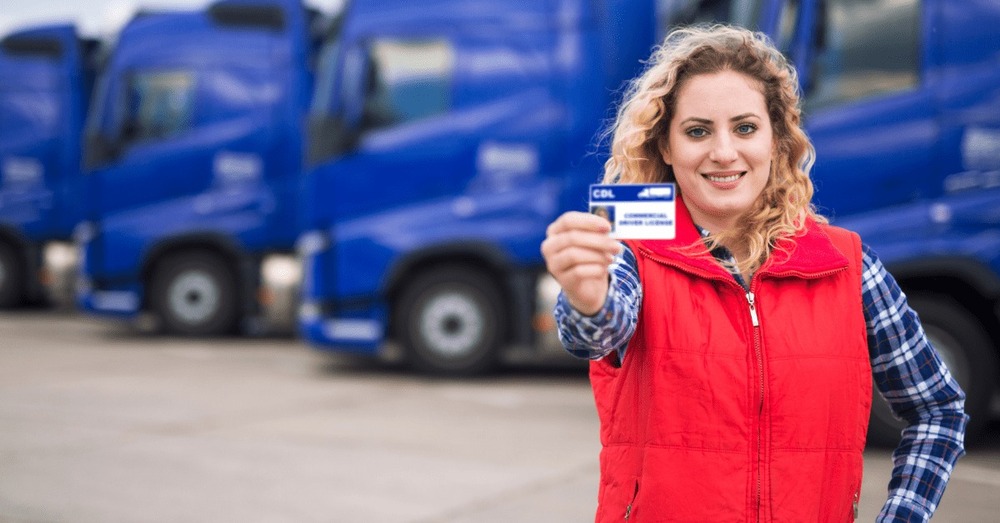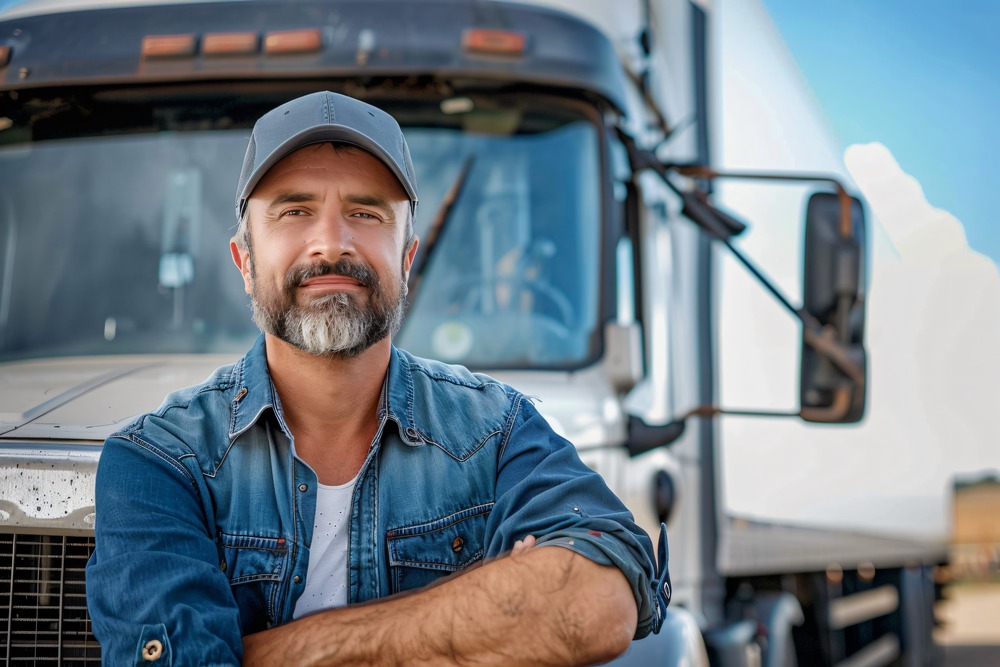The trucking industry has long been viewed as a male-dominated field, but recent years have seen a significant shift. More and more women are stepping into the driver’s seat, breaking stereotypes and paving the way for future generations. According to the American Trucking Associations, women now make up approximately 10% of the trucking workforce, a number that continues to grow. 🚚✨ In this blog, we will explore how women can obtain their Commercial Driver’s License (CDL) and successfully enter this thriving industry.

Understanding the CDL Process
Obtaining a CDL is the first step for anyone looking to drive a commercial vehicle. The process can seem daunting, but with the right information, it becomes manageable. Here’s a breakdown of the steps involved:
-
Research Your State’s Requirements: Each state has its own regulations regarding CDLs. It’s essential to check your local Department of Motor Vehicles (DMV) website for specific requirements. For example, you can find detailed information on the Federal Motor Carrier Safety Administration (FMCSA).
-
Choose the Right Class: There are different classes of CDLs (Class A, B, and C) depending on the type of vehicle you wish to drive. Class A allows you to operate large trucks, while Class B is for smaller vehicles. Class C is for vehicles designed to transport hazardous materials or 16 or more passengers.
-
Complete a Training Program: Enrolling in a truck driving school can provide you with the necessary skills and knowledge. Many programs offer hands-on training and can help you prepare for the written and driving tests.
-
Pass the Written Test: After completing your training, you’ll need to pass a written exam that covers the rules of the road, safety regulations, and vehicle operation.
-
Take the Driving Test: Once you pass the written test, you’ll schedule a driving test with your local DMV. This practical exam will assess your ability to operate a commercial vehicle safely.
-
Obtain Your CDL: After successfully completing both tests, you’ll receive your CDL, allowing you to start your career in trucking! 🎉
The Benefits of a Career in Trucking
Choosing a career in trucking comes with numerous benefits, especially for women. Here are some compelling statistics that highlight the advantages:
| Benefit | Statistic |
|---|---|
| Average Salary | $47,130 per year (Bureau of Labor Statistics) 💰 |
| Job Growth | 6% increase expected from 2020-2030 📈 |
| Flexibility | 70% of drivers report job satisfaction due to flexible schedules 🚦 |
| Opportunities for Advancement | 30% of women in trucking hold leadership positions 👩✈️ |
The trucking industry offers competitive salaries and opportunities for advancement, making it an attractive option for women looking to build a career. Additionally, the flexibility of schedules allows for a better work-life balance, which is often a priority for many women.
Overcoming Challenges
While the trucking industry is becoming more inclusive, women may still face challenges. Here are some common obstacles and tips on how to overcome them:
-
Stereotypes and Bias: Women in trucking may encounter skepticism about their abilities. Building confidence through training and networking with other female drivers can help combat these stereotypes.
-
Safety Concerns: Safety is a valid concern for many women in the industry. Choosing companies with strong safety records and supportive environments can make a significant difference. Resources like the Women in Trucking Association provide valuable information and support.
-
Work-Life Balance: Long hours on the road can make it challenging to maintain a work-life balance. Many trucking companies are now offering more flexible schedules and home time, which can help address this issue.
Resources for Women in Trucking
There are numerous resources available to support women entering the trucking industry. Here are a few organizations and websites that can provide assistance:
| Resource | Description |
|---|---|
| Women in Trucking Association | A nonprofit organization dedicated to promoting the employment of women in the trucking industry. 🌟 |
| Trucking Industry Training Programs | Many schools offer specialized training for women, focusing on skills and safety. Check out TruckingTruth for reviews and recommendations. |
| Online Communities | Platforms like Facebook and LinkedIn have groups specifically for women in trucking, providing networking opportunities and support. 💬 |
Conclusion
The trucking industry is evolving, and women are playing a crucial role in that transformation. By obtaining a CDL and embracing the opportunities available, women can break into this male-dominated field and thrive. With the right training, resources, and support, the road ahead is bright for women in trucking. 🚛💪
As you consider a career in trucking, remember that you are not alone. There is a growing community of women who are ready to support and uplift each other. So, buckle up and get ready to hit the road!




